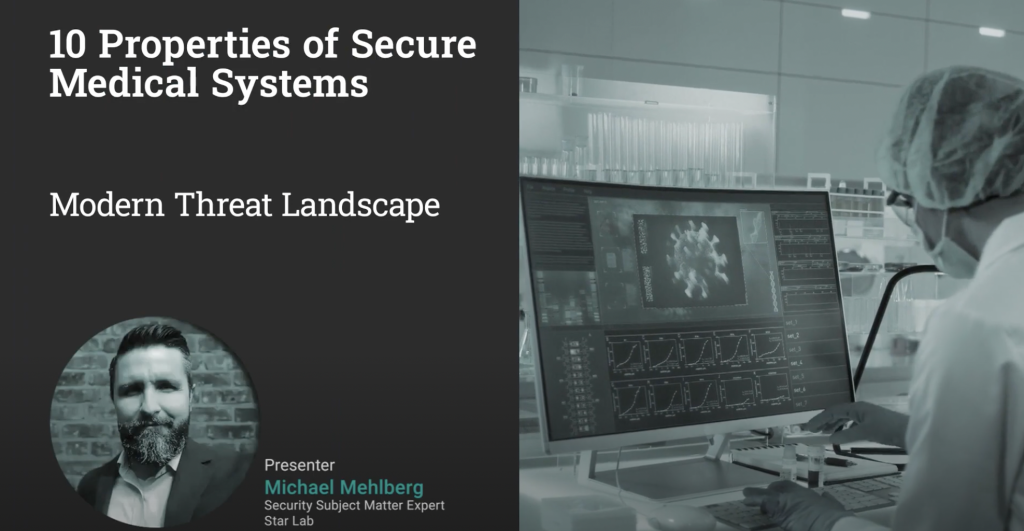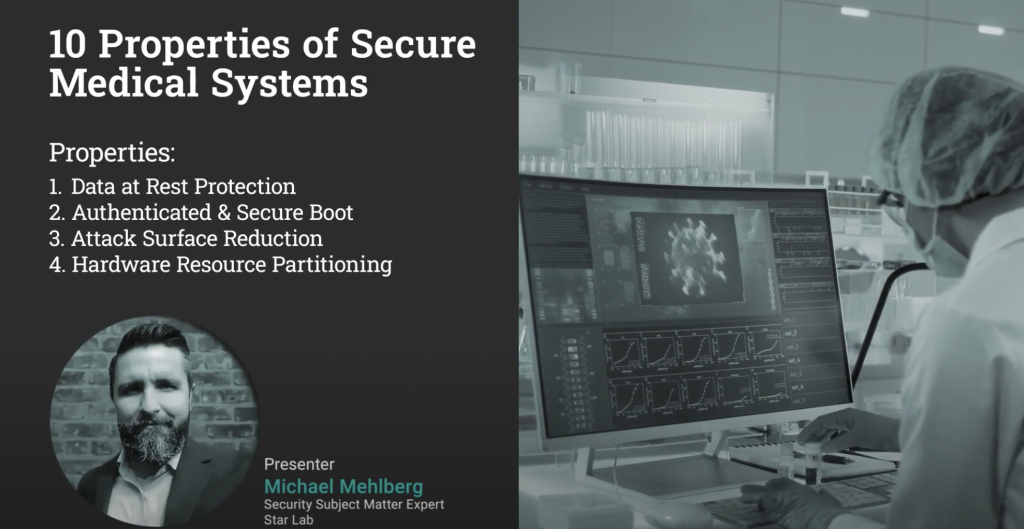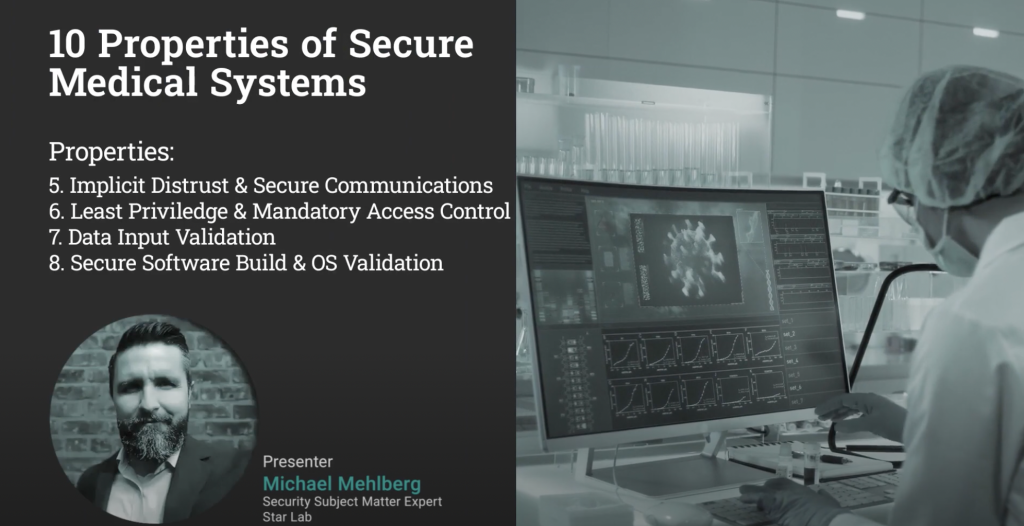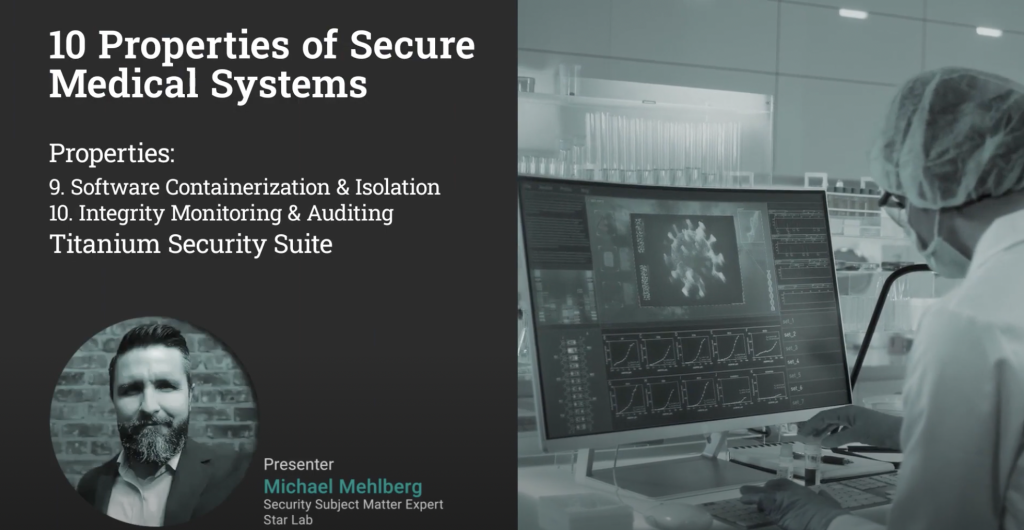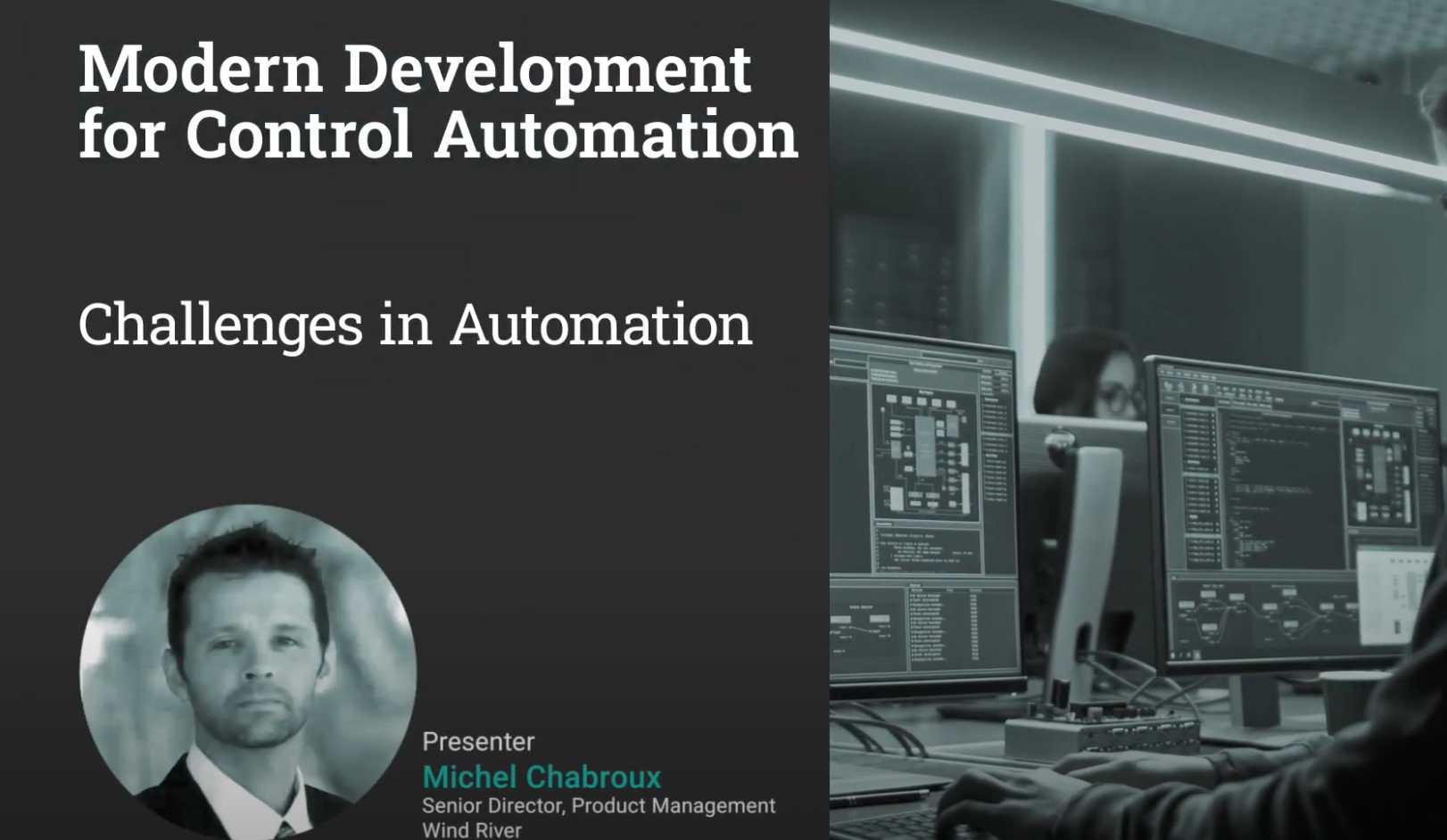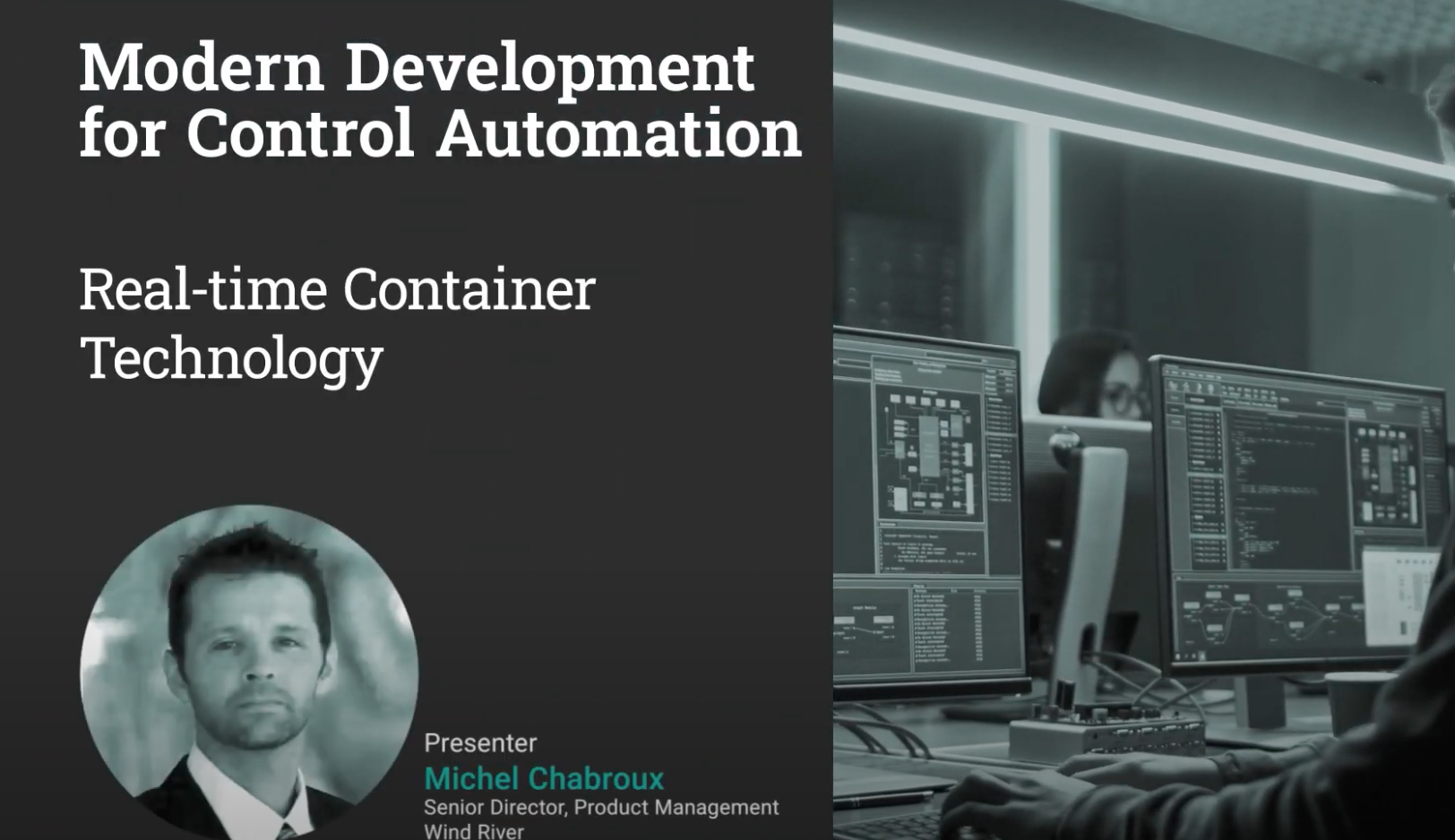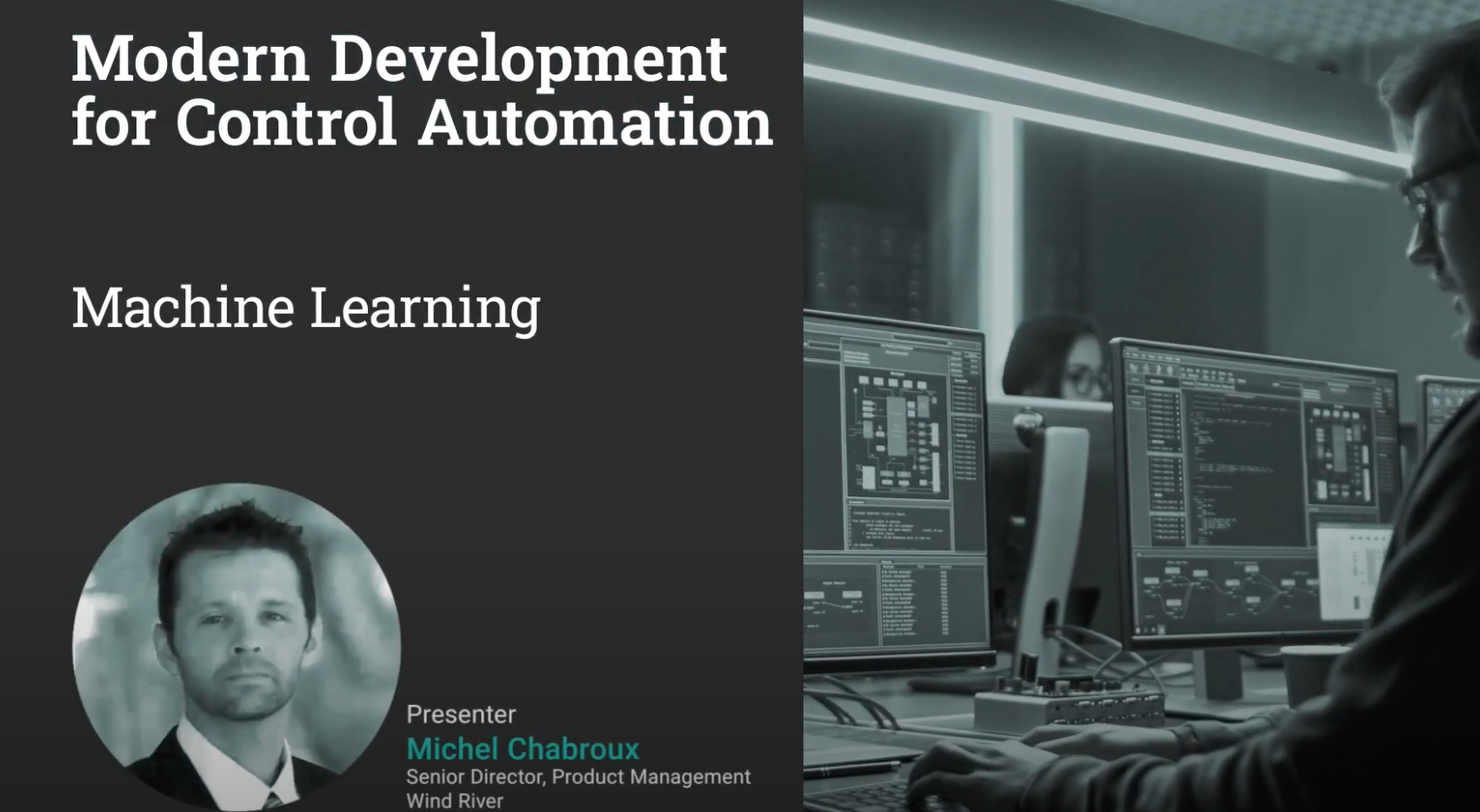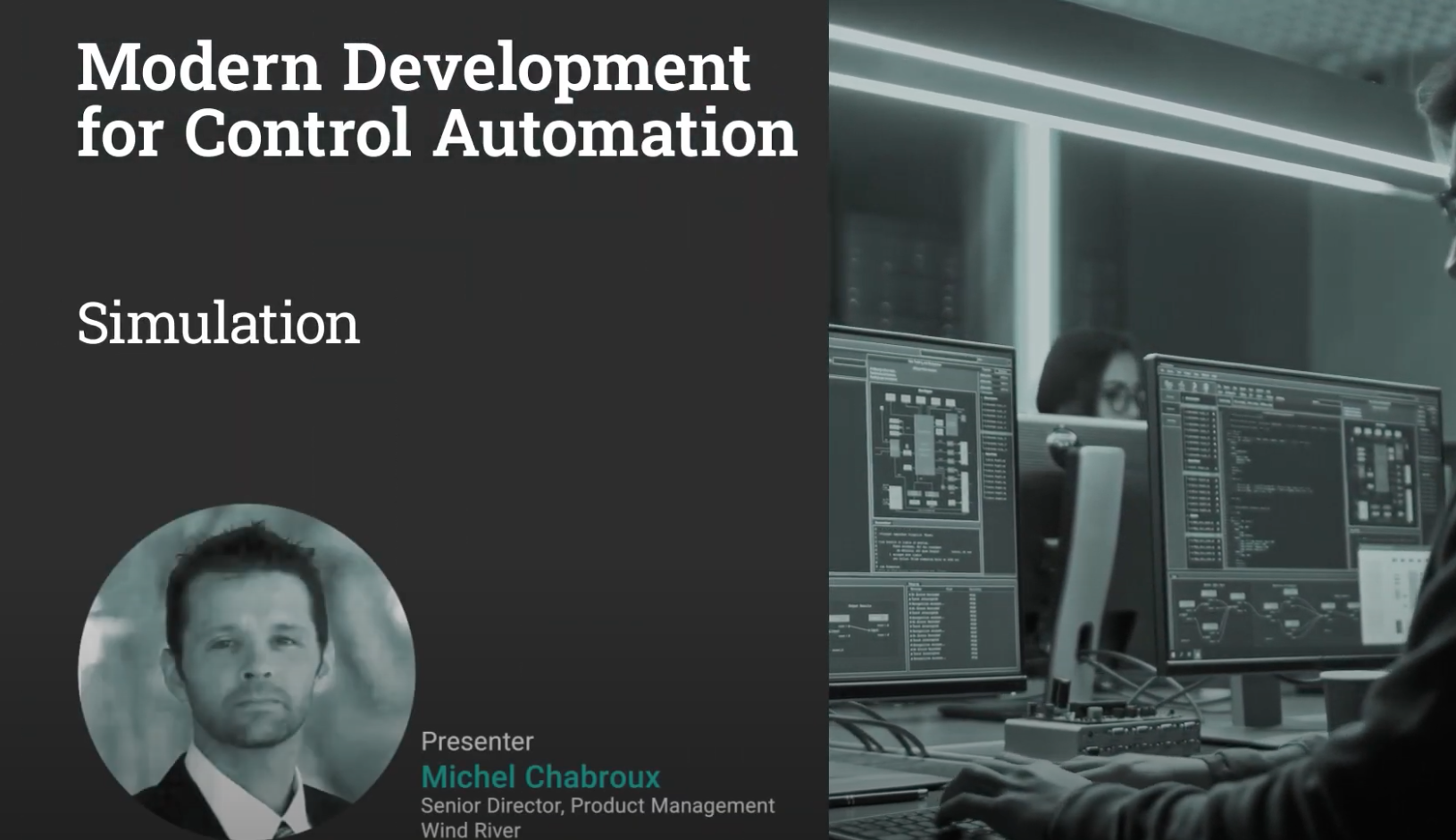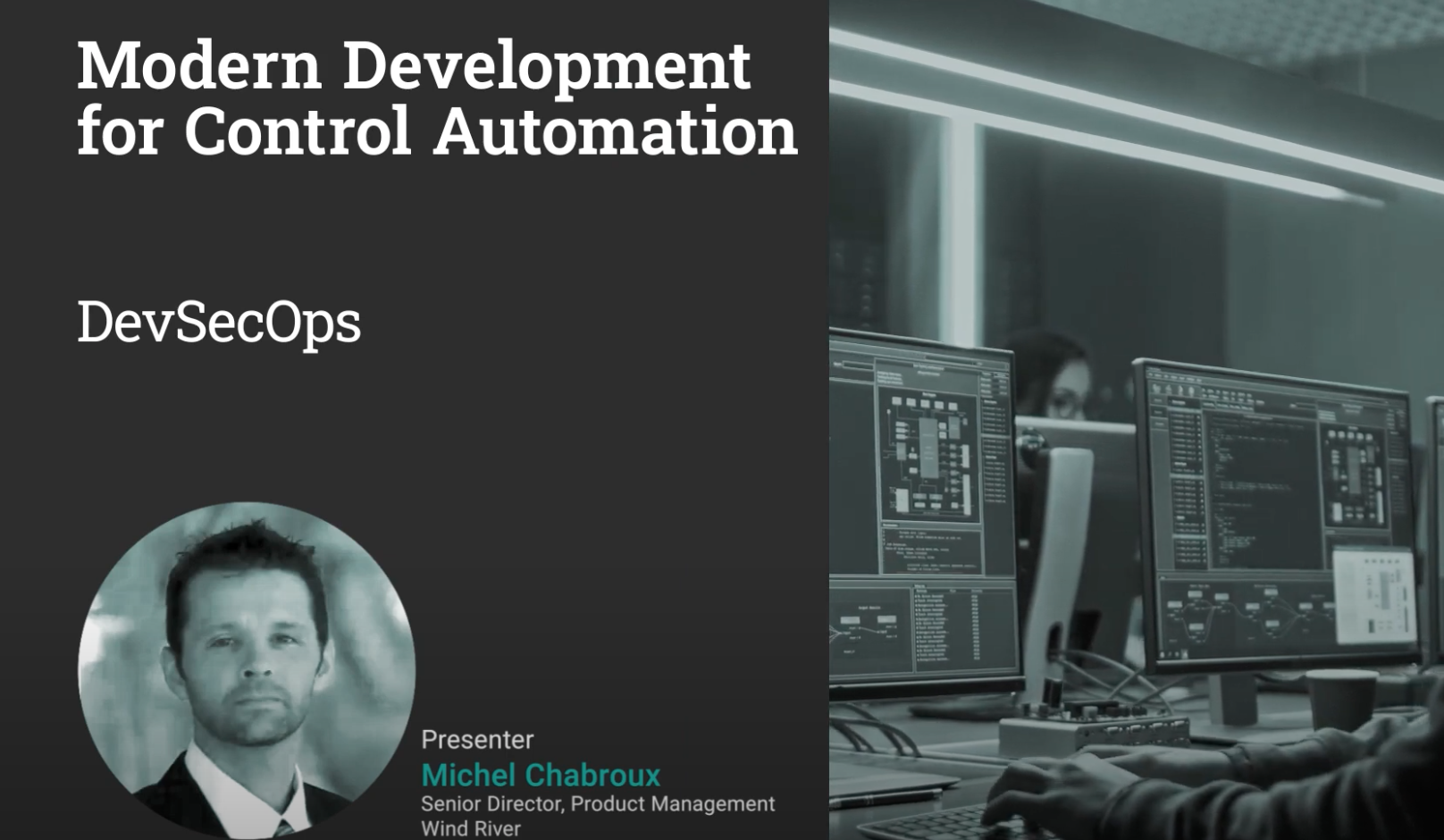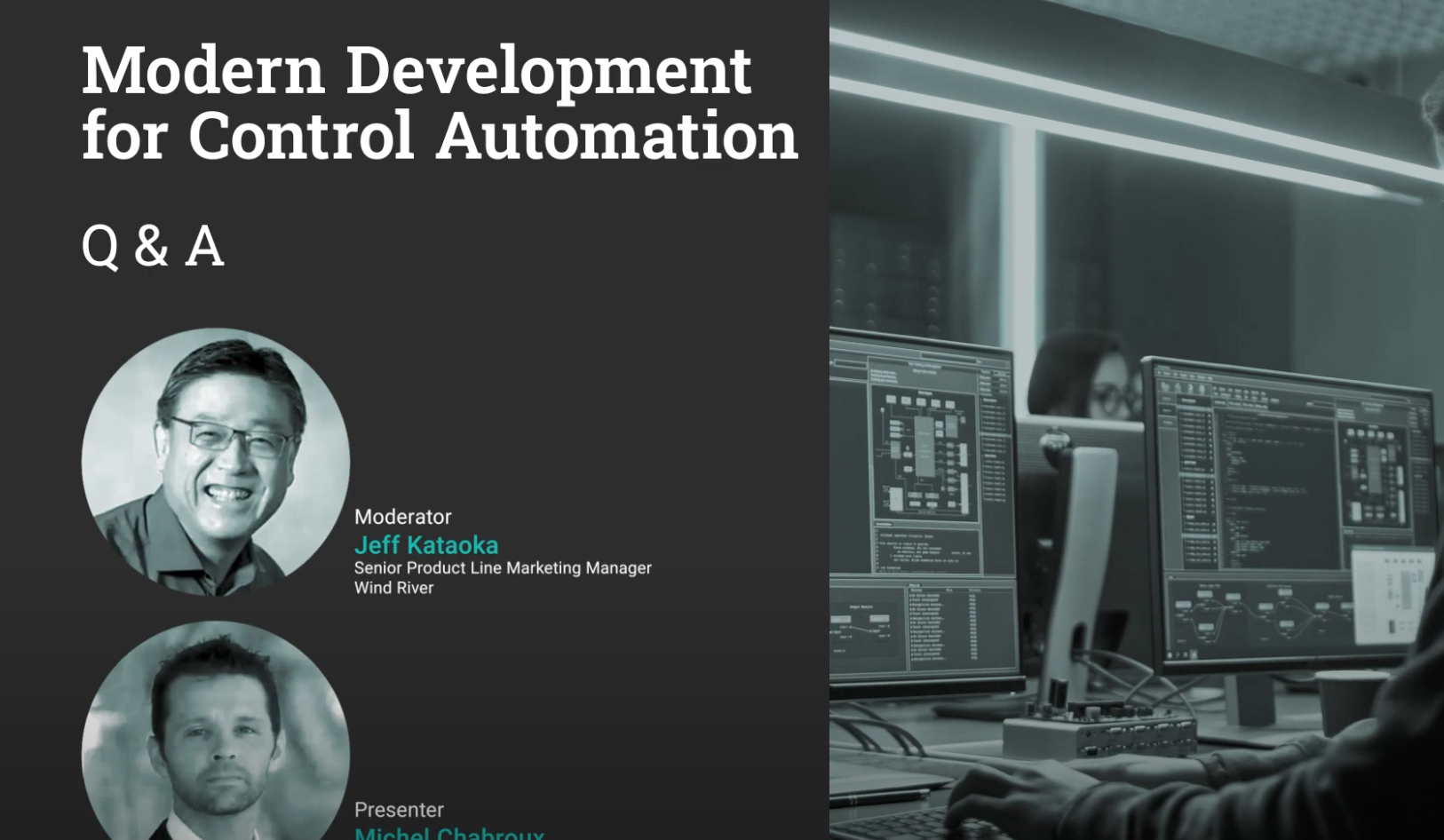WIND RIVER HELIX VIRTUALIZATION PLATFORM
アビオニクス
WIND RIVER HELIX VIRTUALIZATION PLATFORM
自動運転車
What Is the Yocto Project? | Wind River
What Is the Yocto Project?
The Yocto Project is an open source project specifically for the embedded space. Whereas other Linux distributions are built for enterprise servers and workstations and then (possibly) tailored down for embedded use cases, the Yocto Project enables the build of customized distributions for embedded devices. In a disparate market with heterogeneous requirements, the project seeks to define a common ground for embedded development, independent of the underlying architecture of the hardware.
After more than a decade, the Yocto Project has evolved to become one of the largest communities under the Linux Foundation umbrella of collaborative open source projects. It gathers the top names in the industry, applies best practices for open source, and defines the attributes of embedded OS development and product lifecycles with the tools it offers.
The Yocto Project is a suite of tools and processes enabling the developer to build, from the ground up, an embedded Linux distribution on a broad set of hardware architectures.
Key Benefits of the Yocto Project
- Aggregates best-of-breed infrastructure, recipes, and tools for building a distribution
- Reduces duplication of effort
- Increases collaboration and reuse between commercial and open source communities
- Leverages the benefits of other open source projects, such as OpenEmbedded and Eclipse
Yocto Project Fast Facts
- In 2010, the Yocto Project was announced as a new work group under the Linux Foundation; Wind River® joined as a founding member.
- With more than 30 member companies, 2,500+ contributors to the Yocto Project have made over 170,000 (and counting) code commits, representing more than 11,600,000 lines of code.
- The Yocto Project is one of the largest open source teams in the world.
Difference Between Yocto Project Poky and OpenEmbedded
Poky is the reference operating system distribution built with Yocto Project tools, and OpenEmbedded is a build framework of recipes and packages. OpenEmbedded supports many hardware architectures with cross-compilation infrastructure. The community uses it to validate Yocto Project features and functionality, but it also serves as example for any user who builds their own custom distribution.

Yocto Project Contributing Companies
The project began with a dozen companies comprising major players in both hardware and software in the embedded market. Today the Yocto Project has more than 30 member companies, including AWS, Intel, Meta, Microsoft, and Wind River.
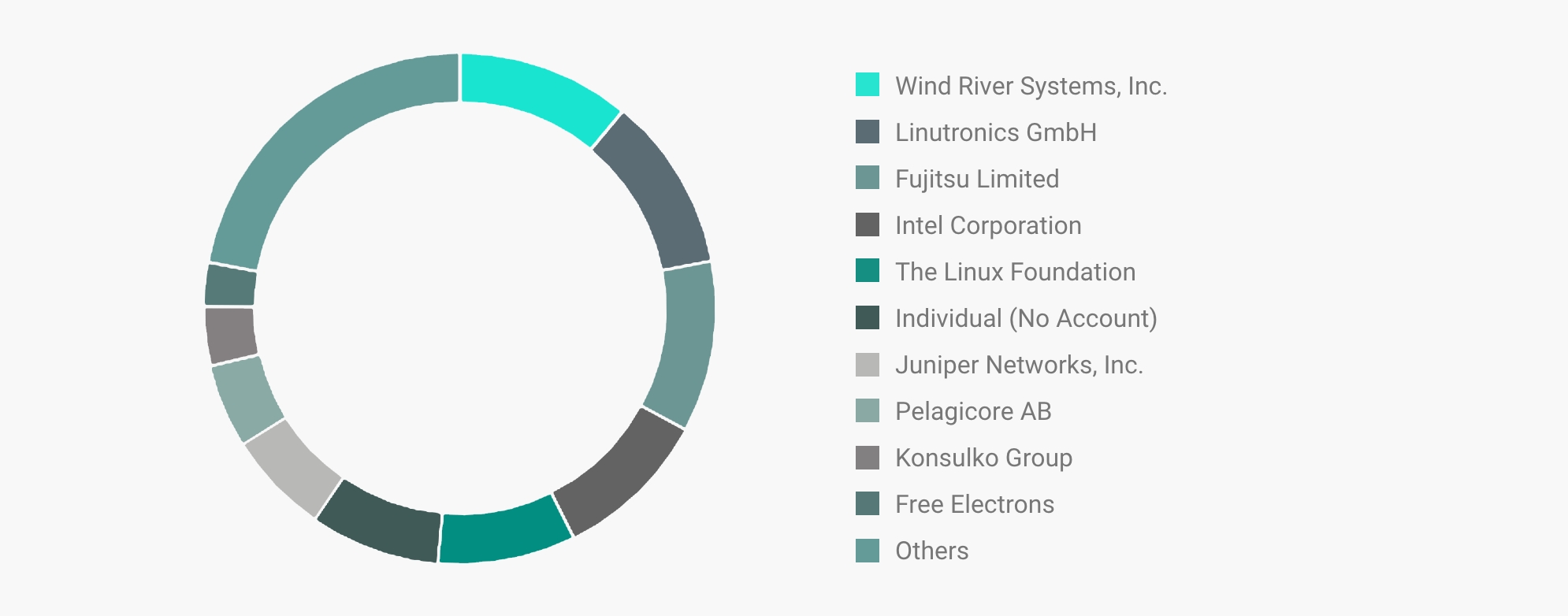
Top 10 organization commits to the Yocto Project (Source: The Linux Foundation)
Differences Between Embedded Linux Distributions
Yocto Project vs. Ubuntu Core
Yocto Project is not a distribution — it is a set of tools to develop a distribution. Ubuntu Core is a Linux distribution delivered in binary.
Yocto Project vs. Buildroot
Buildroot is small and simple, and it gives quick results. Yocto Project needs more time to build the image and requires more disk space. On the other hand, its layers are easier to maintain and, because it’s a complex build system, it provides more possibilities.
Yocto Project vs. Debian
Debian, delivered in both source and binary, originated in the enterprise space for servers and workstations. The Yocto Project was created specifically to address embedded.
How Can Wind River Help?
Wind River Linux
Wind River provides the industry’s most advanced embedded Linux development platform. Its comprehensive suite of products, tools, and lifecycle services helps our customers build and support intelligent edge devices in segments such as aerospace and defense, industrial, medical, automotive, and more.
Wind River Linux enables customers to build and deploy robust, reliable, and secure Linux-based edge devices and systems without the risk and development effort associated with roll-your-own (RYO) in-house efforts. You can keep your code base up-to-date, track and fix defects, apply security patches, and customize your runtime to adhere to strict market specifications and certifications. Wind River can also facilitate your IP and export compliance and significantly reduce your costs.
Wind River has been the global leader in the embedded software industry for 40 years, has spent more than 15 years as an active contributor and committed champion of open source, and has a proven track record of helping customers build and deploy use case–optimized devices and systems.

Wind River Linux is running on hundreds of millions of deployed devices worldwide, and the Wind River Linux suite of products and services offers a high degree of of confidence and flexibility as you prototype, develop, and move to real deployment.
Wind River Linux Development Practices
- Wind River uses industry best practices for continuous integration and DevOps to build, test, and release software.
- Wind River is the only Linux vendor using OpenChain to certify our compliance; OpenChain is a certification tool that certifies and validates the open source license compliance used in a company’s distribution. This is important because, in the event of an audit, you will be able to demonstrate supply chain integrity. Wind River acts as your insurance policy for compliance for your Linux-based product deployments.
- Wind River is the only edge Linux with ISO 9001–certified development and release processes.
Quality, Compliance, and Certifications
Wind River can assist design teams with defining and building market-specific requirements for security, safety, and certification. Wind River Linux follows strict engineering processes that are certified to ISO 9001:2015 and audited regularly for quality.
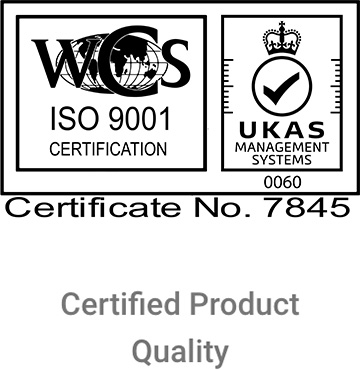
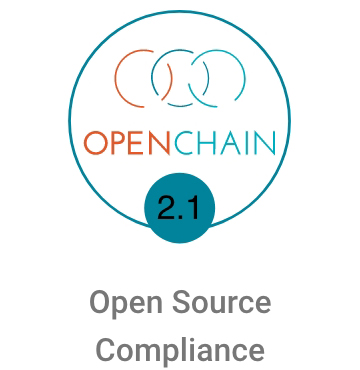



Wind River Studio Linux Services
Wind River offers a comprehensive suite of support and integration services to enhance the speed and quality of a market-differentiated Linux solution for deployment — regardless of which Linux you chose. Whether you sourced your Linux from the Yocto Project, from a board vendor, or from another commercial vendor, Wind River has deep expertise in Linux with more than 20 years of embedded, real-time, and Linux expertise across all markets.
Studio Linux Services include:
- Platform architectural assessments, software design, and implementation
- Security vulnerabilities alerts, analysis, and mitigation
- Long-term Linux platform security and defect maintenance and support
- Performance and reliability requirements
- The latest industry-specific features and standards that can be quickly customized to further accelerate development
- IP compliance audits and remediation recommendations
With Wind River, organizations can engage in any way they wish, with access to guidance and assistance available at every step in the product development lifecycle.
>> Learn moreSecurity
Wind River addresses security on many levels:
- CVE monitoring, assessment notification, and remediation
- Inclusion of many common security packages in our distribution
- Regular updates that include security fixes
- OS hardening and cybersecurity capabilities, including Linux kernel hardening and allowlisting

*As of the end of Q3, 2021 data source Wind River CVE Database
Community Leadership
There are many work groups and organizations, mostly sponsored by the Linux Foundation, that define the requirements for vertical market solutions. Wind River, a founding member of the LF Edge and Yocto Project, actively participates in and contributes to these work groups. Wind River is also a member of the LF Energy group and is working on that project to help define next-generation digital substation automation systems.
Yocto Project FAQs
10 Properties for Secure Medical Systems
CHOOSE-YOUR-OWN WEBINAR
10 Properties of
Secure Medical Systems
2020 was the fourth consecutive year to break records in the number of recorded security flaws in embedded systems (US-CERT Vulnerability Database). Securing medical systems has never been more imperative – or more challenging.
Join Mike Mehlberg for a discussion of the current threat landscape as well as the security principles that can achieve a multiplicative effect in helping your organization protect medical systems. View the entire session above, or pick and choose the sections you’re most interested in below.

Choose Your Chapters
Wind River Linux Datasheet
Overview
Wind River® Linux enables you to build and deploy robust, reliable, and secure Linux-based embedded devices and systems, without the risk and development effort associated with roll-your-own (RYO) in-house efforts. Let Wind River keep your code base up-to-date, track and fix defects, apply security patches, customize your runtime to adhere to strict market specifications and certifications, facilitate your IP and export compliance, and significantly reduce your costs.
Core Capabilities
- Build and deploy robust, reliable, and secure Linux-based edge devices and systems without the risk and development effort associated with roll-your-own (RYO) in-house efforts.
- Accelerate time-to-market, reduce total cost of ownership, and unlock the full potential of open software for embedded systems.
- Take advantage of freedom from royalties or subscriptions on deployed devices.
- Work with completely open source and Yocto Project–compatible tools.
- Take advantage of purpose-built Linux that is configurable for small disk and memory size, real time (preempt_rt), and high availability.
- Avoid liability and compliance issues with full content, copyright, and licensing information on all Wind River packages.
WIND RIVER CUSTOMER SUPPORT
Wind River Linux is backed by our award-winning global support organization offering live help in multiple time zones. For more information, visit www.windriver.com/support.
WIND RIVER PROFESSIONAL SERVICES
Our CMMI Level 3–rated services organization offers BSP development, secure boot services, solution assessment, consulting, design, certification services, and more.
For more information, visit www.windriver.com/services.
WIND RIVER EDUCATION SERVICES
Wind River offers technical, hands-on training, mentoring, and on-demand learning. For more information, visit www.windriver.com/education.
Key Features
Industry-Leading Embedded Linux
- Extreme customization for building a complete embedded solution, including the Linux OS and your application
- Five-year standard support and maintenance with optional long-term support after the first five years
- Continuous monitoring and fixes for all common vulnerabilities and exposures (CVEs) affecting the product
- Comprehensive hardware support across a variety of architectures via board support packages (BSPs)
- Optional cloud-native tools for the development, deployment, operations, and servicing of intelligent edge systems
- Single and multi-core processor support and symmetric multiprocessing (SMP)
- Support for more than 30 different reference boards, in alignment with semiconductor vendors’ SDKs
- Based on Yocto Project 3.3 and the 5.10 LTS Linux kernel
- Available as Yocto Project–based source or as pre-built binary images
- Flexibility to configure and update custom Linux images with Linux Assembly Tool and OSTree
- Full support for Docker containers
- Future Airborne Capability Environment (FACE™) compliant
- Curated user space packages focused on embedded use cases
- FOSS compliance artifacts for software bill of materials (SBOM), with Open Chain 2.1 compliance
- ISO 9001:2015 quality management system standard certified
- Wide range of Professional Services capabilities including BSP creation, frozen tree support, and managed services
Multiple Development Options
- Long Term Support (LTS) with regular maintenance and CVE fixes
- Binary distribution with the Linux Assembly Tool (LAT) and OSTree for quicker time-to-value
Project-Based Pricing
- No deployed unit-based royalties
- Project-based pricing — only pay for what you need
- Options to add additional releases and BSPs
Security
- Secure boot (digitally signed image)
- Continuous CVE monitoring and mitigation
- Standard Linux security features: SElinux and PAM
- Optional integration with Wind River Titanium Security Suite
DevOps Development Process
- 3,000 builds daily
- More than 60,000 test cases
- All sprint releases GA tested
- CVE monitoring and mitigation
Companion Products
Wind River Studio
- Cloud-native platform for the development, deployment, operations, and servicing of mission-critical intelligent edge systems
- Architected to deliver digital scale across the full lifecycle through a single pane of glass to accelerate transformative business outcomes
- DevSecOps environment for builds to thrive on the intelligent edge
- Multiple parallel workflows with CI/CD
- Web-based interface for collaborative best practicess
Wind River Titanium Security Suite
- Simplifies mandatory access control
- Denies by default access to protected entities even from root-level users
- Controls and restricts direct access to system hardware resources, such as peripherals and storage devices
- Enables OS hardening and attack surface reduction
- Prevents unsigned module loading and enforces keychain controls
- Limits an attacker’s ability to debug or subvert protected applications and their libraries
- Removes unnecessary kernel functionality and features
Modern Development for Control Automation
CHOOSE-YOUR-OWN WEBINAR
Modern Development for
Control Automation
In the face of global supply challenges, factory automation that drives just-in-time output is more important than ever.
Join Michel Chabroux, senior director of product management at Wind River®, as he shares how modern software platforms, development methods, and tools can deliver intelligent and agile control automation systems to the intelligent factory. View the entire session above, or pick and choose the sections you’re most interested in below.

Which Aspects of Modern Development Interest You?
Automotive Embedded Solutions
Leading Auto Companies Trust Wind River

As Featured in Forbes
One In Five Automotive Industry Leaders See Intelligent Systems As The Future Predominant Business Model
While the idea of the automobile was invented in the late 1800s in Germany and France, the true commercial revolution of the industry occurred in the 1920s in the U.S.
>> Read the Article on Forbes
Characteristics Of An Intelligent Systems Future: 12 Waypoints To Navigate Your Future Success
By 2030, $7 trillion of the U.S. economy will be driven by the machine economy. We’ll become data-driven software enterprises in the process. How we get there, and how successful we are, is already part of the thinking of leaders in organizations dependent on these ideas for business success.
>> Read the Article on Forbes
“
“Connected networks of vehicles, cities, devices, and roads will support completely autonomous driving.” 1

On the Edge in
Autonomous Vehicles
For the future of full autonomous driving, Frost & Sullivan predicts the technology will mature and be accepted for trucks and off-highway vehicles first, then in passenger vehicles. Already today, there are many examples of robotic trucks being tested on highways in the U.S., Europe, Asia and elsewhere. Nonetheless, Frost & Sullivan expects we will have to wait until 2035 before “connected networks of vehicles, cities, devices, and roads will support completely autonomous driving.”1
>> Read the Article1 Deenadayalan, Mugundhan, “Autonomous Driving Will Convert Drivers to Pilots,” Frost & Sullivan, September 13, 2019


